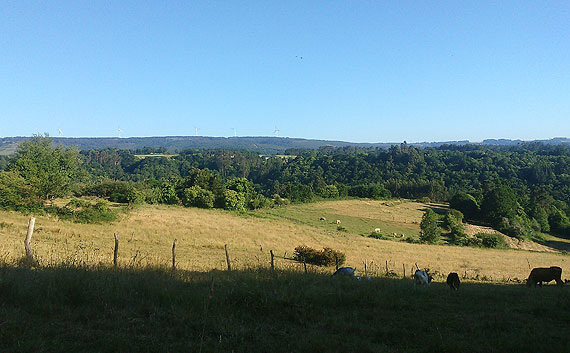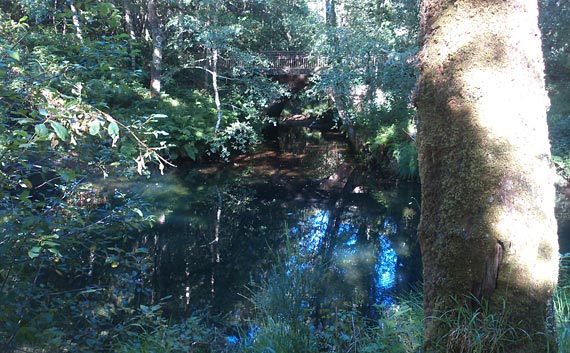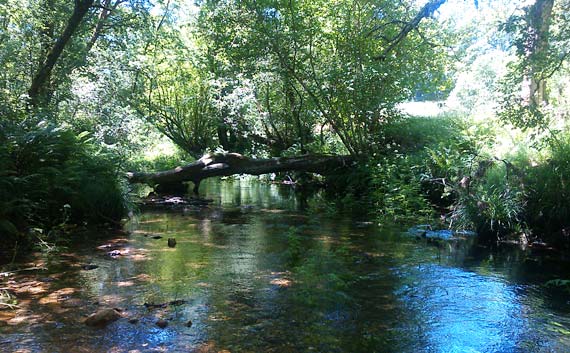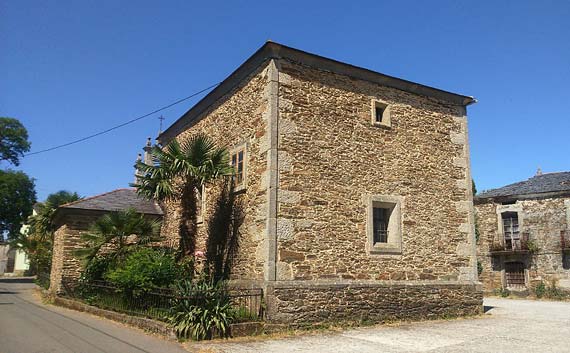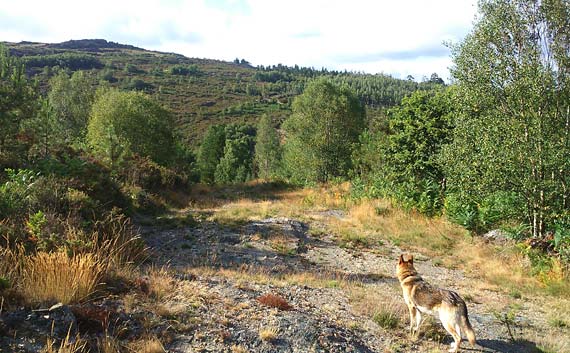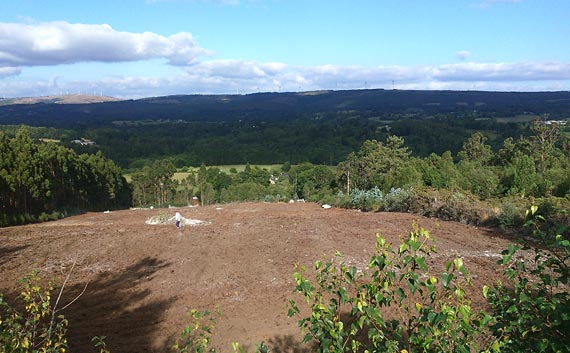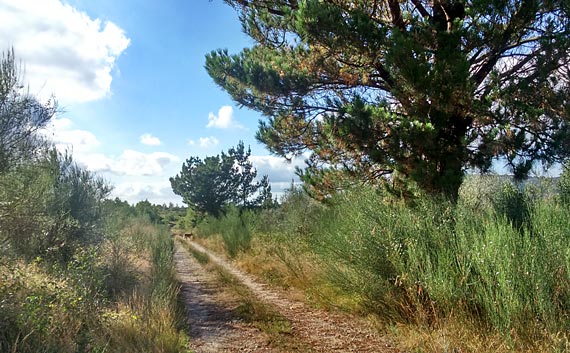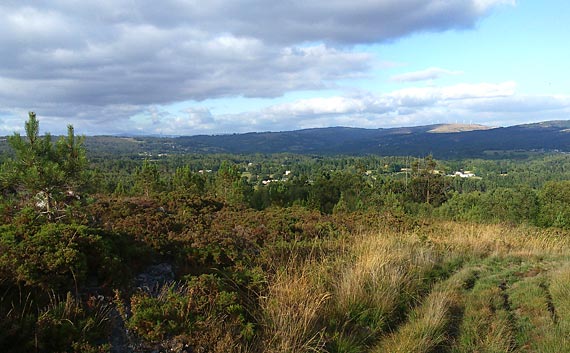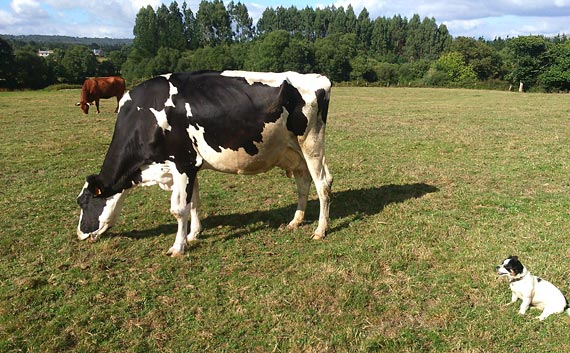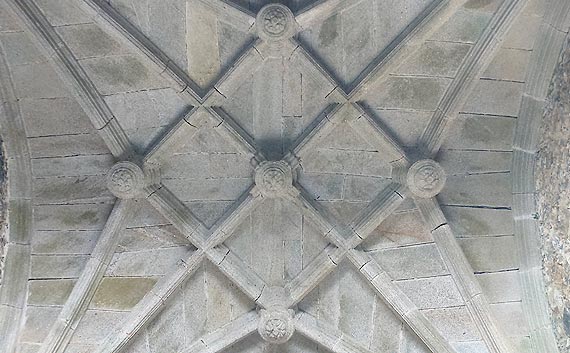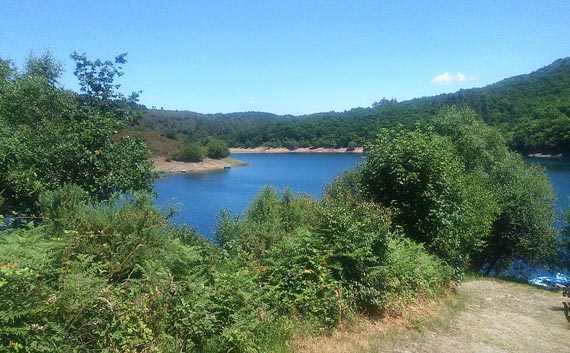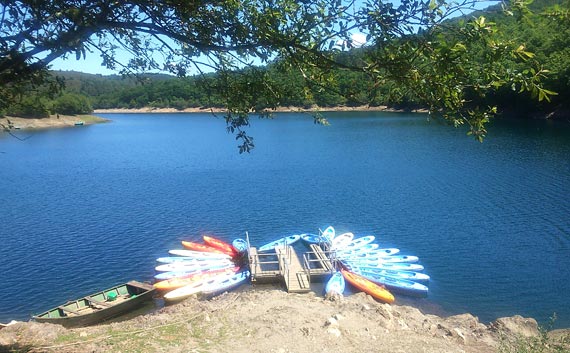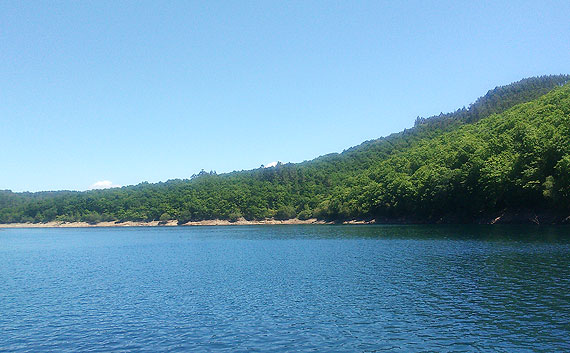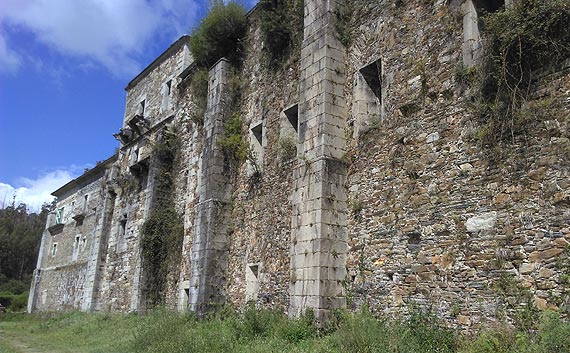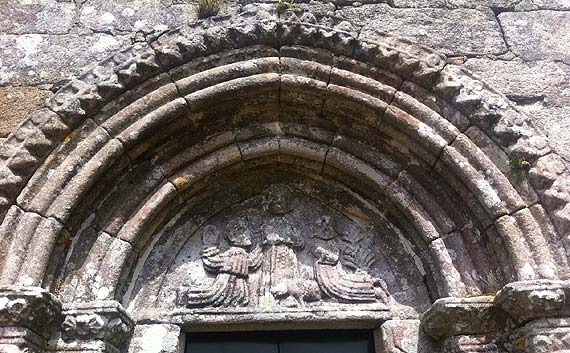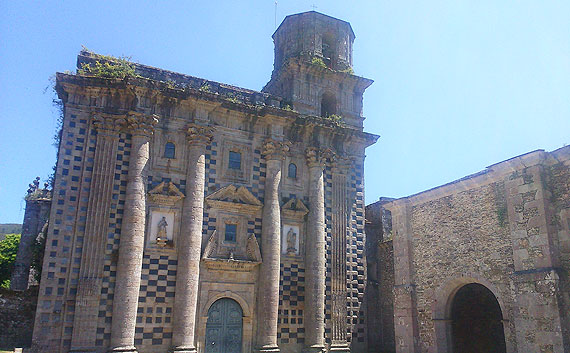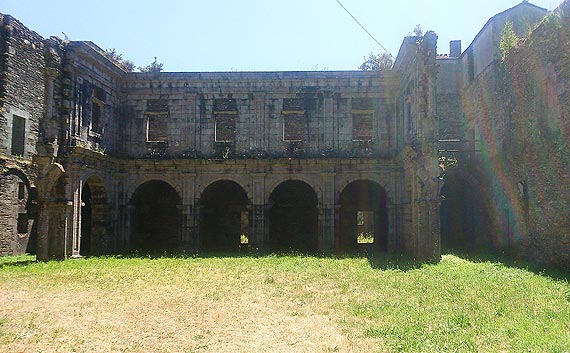The environment
The immediate surroundings of the village are an idyllic place for those who, in addition to wanting to enjoy the magical atmosphere of the ethnographic complex, also want to enjoy outdoor activities, good gastronomy, a cultural tour or pure nature. .
Being located next to the Natural Park of Las Fragas del Eume, there are innumerable paths and trails that run through the park among the dense fragas, many of these paths being located along the river bank.


 Español
Español Deutsch
Deutsch